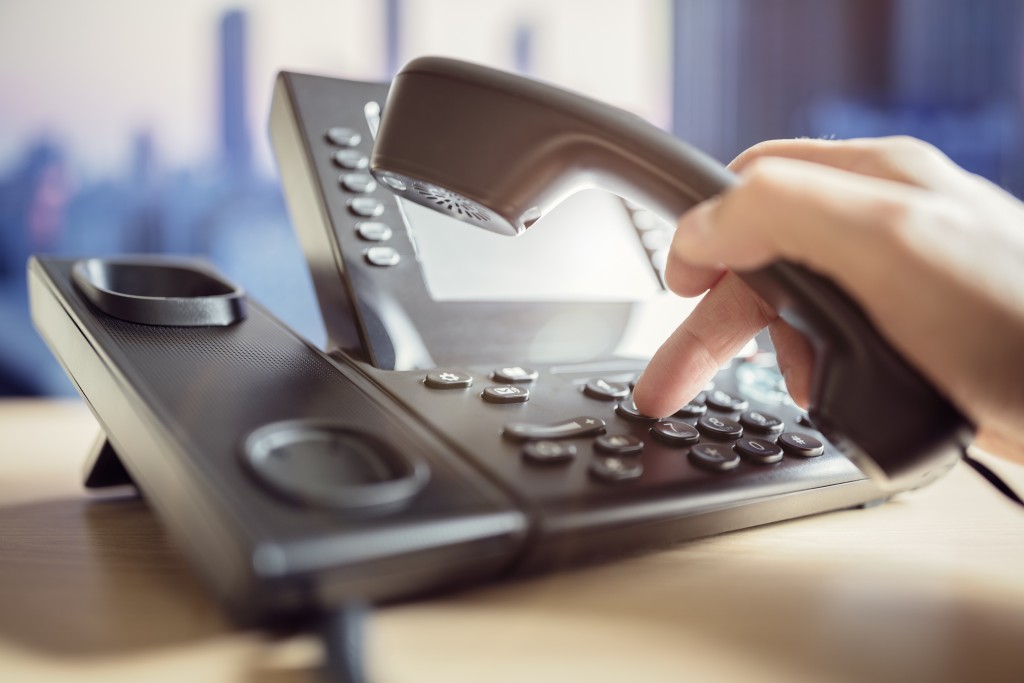Imagine what the past year would have been like without the internet. When COVID-19 started spreading around the world, governments imposed nationwide lockdowns. The roads that used to be clogged with traffic jams were emptied. World-renowned tourist destinations that used to have crowds of people were, for the first time, deserted. Major cities once full of activities became silent as thousands upon thousands were infected by the deadly virus.
However, regular life continued for most people albeit in unfamiliar ways. Adults fulfilled their professional roles in the comfort of their living room, giving up their office cubicles and daily commutes. Children also stayed at home and received their education from the screen of their laptop or tablet.
For entertainment as parties got canceled, the public relied on streaming services. When restaurants shut down to comply with restrictions, households cooked their own meals using recipes they found online. And to combat the loneliness of being apart, messaging platforms became the primary way for people to communicate with their loved ones.
So many would have not survived the pandemic without the internet. COVID-19 only proved just how integral the internet is in the lives of almost every single person on the planet. Without it, no one would be able to safely do their work or take their classes. Everyone would be bored beyond their minds, and the loneliness epidemic that has already gripped many developed nations will be so much worse.
The Digital Divide
However, not everyone has immediate access to the internet. Even in the United States, where 96% of the population own a mobile device of some sort — one of the highest in the world. So many households were left scrambling when work and school went online during the pandemic.
Children are most affected by this. When distant learning became the new normal, many kids did not have either a device to use or a high-speed broadband connection to make learning possible. Unfortunately, many students, especially in low-income neighborhoods, rely on the school to access devices and the internet. A rugged personal computer in the library is the only device they can use to connect to the internet and do their research for assignments. With schools closing, many are left without a device or internet to use for distant learning.
So many underprivileged students will be held back because of the digital divide. A previous study found that as many as one in five students regularly miss submitting homework assignments because they do not have an electronic device nor internet access at home.

How Schools are Responding
Some groups are trying to close the gap. In July 2020, Microsoft, in partnership with Land O’Lakes, brought high-speed broadband and other services to rural communities across 19 states. The goal is to connect households and local businesses to the internet, opening opportunities for education, health, and e-commerce during the pandemic and the pandemic-induced economic recession.
Schools are also doing what they can with their limited budgets and resources to bring education to impoverished children. In Seattle and Cincinnati, school buses were repurposed to become moving internet hubs where students can attend their classes and do their homework.
Washington D.C. promised to provide free internet access to up to 25,000 low-income households throughout the 2020-2021 school year. In Philadelphia, any public school student who does not have internet service at home can get a connection for free until June 2021. Chicago is offering free high-speed internet service to a hundred thousand public school students for the next four years.
Ending the Digital Divide for Good
But, this is a problem that has persisted in decades and is only exacerbated by the current global crisis. While the pandemic, and the mass unemployment that followed, contributed to the problem. However, so many households did not have high-speed broadband nor computers to be able to do distance learning for children and remote work for adults.
During the first wave of school closures in the first half of 2020, more than school-age children did not have broadband or any device to use at home.
The programs that were rolled out in order to bridge the digital divide during the pandemic should not end after everyone has received their vaccine. It should be available to low-income households that do not have the capacity to purchase their own computer or pay for their own internet access at home. This gives every child in the U.S. regardless of economic status equal opportunities for enrichment.
The pandemic made the digital divide glaringly obvious. The government can no longer deny it. However, the problem does not only exist right. It has been around before and will likely still be a challenge after the pandemic.

